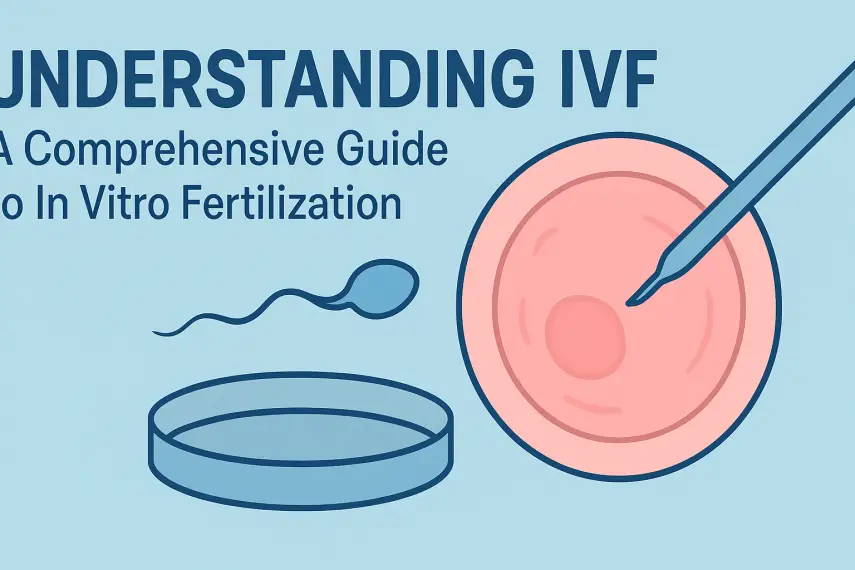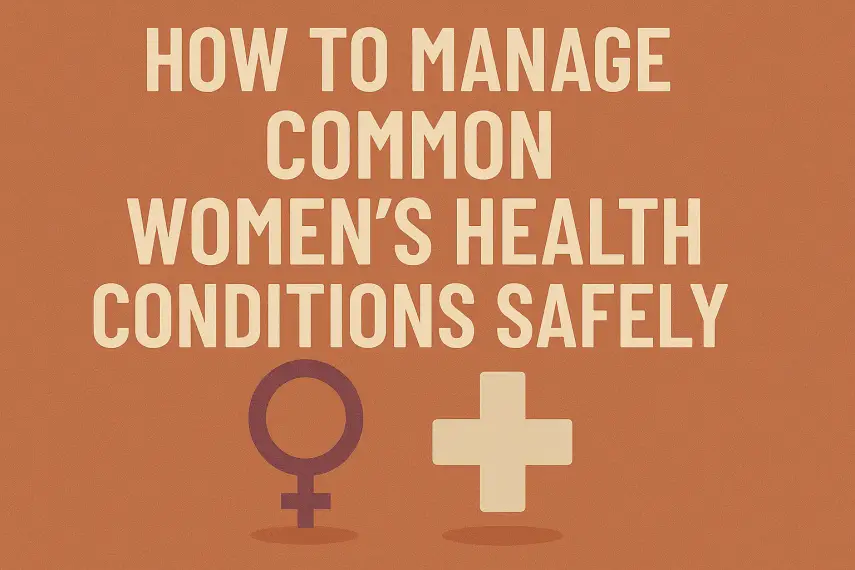
How to Manage Common Women's Health Conditions Safely
📑 Contents
Women's health is a multifaceted domain that covers a wide range of conditions unique to women, as well as those that affect women differently than men. Understanding how to manage common women's health conditions safely is essential for long-term wellbeing. This article explores evidence-based strategies to address prevalent health concerns among women, focusing on prevention, safe management, and when to seek professional help.
Understanding Common Women's Health Conditions
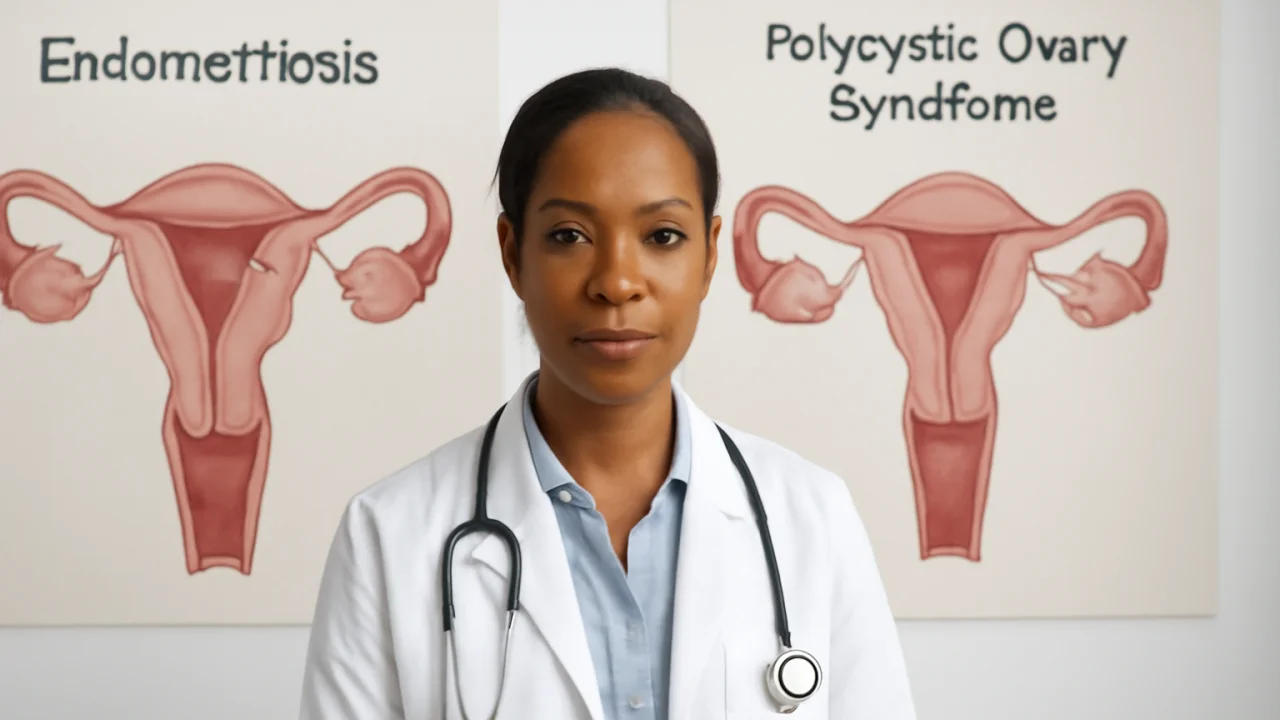
Women's health conditions are influenced by biological, social, and lifestyle factors. Some conditions are exclusive to women, while others have different risk factors or manifestations compared to men. Below are some of the most common women's health concerns:
- Menstrual disorders (irregular periods, heavy bleeding, PMS)
- Polycystic ovary syndrome (PCOS)
- Endometriosis
- Breast health issues (benign lumps, breast cancer)
- Osteoporosis
- Urinary tract infections (UTIs)
- Sexually transmitted infections (STIs)
- Mental health conditions (depression, anxiety)
- Menopause-related symptoms
Safe Management Strategies for Key Conditions

Menstrual Health Concerns
Managing period-related issues requires a holistic approach:
- Track symptoms: Use a calendar or app to monitor cycle patterns.
- Diet and exercise: Maintain a balanced diet and regular physical activity.
- Pain management: Use over-the-counter pain relievers as recommended by a healthcare professional.
- Consult a doctor: For severe pain, heavy bleeding, or sudden changes.
Polycystic Ovary Syndrome (PCOS)
PCOS is a hormonal disorder affecting reproductive-aged women. Safe management includes:
- Lifestyle changes: Weight management, healthy eating, and regular exercise.
- Medication: Use of prescribed hormonal treatments or insulin-sensitizing drugs if indicated.
- Regular monitoring: Check-ups for blood pressure, glucose, and cholesterol.
Endometriosis
This condition involves tissue similar to the uterine lining growing outside the uterus, causing pain and potentially affecting fertility.
- Symptom tracking: Note pain severity and frequency.
- Medication: Pain relief, hormone therapy, or other doctor-prescribed treatments.
- Surgical intervention: Considered if other treatments are ineffective.
Breast Health
Breast conditions range from benign cysts to cancer. Early detection and safe management are crucial.
- Self-examination: Monthly checks to detect changes.
- Mammography: Regular screenings as recommended by age and risk factors.
- Consultation: Seek medical advice if you notice lumps, pain, or nipple changes.
Table 1: Common Symptoms and When to Seek Help
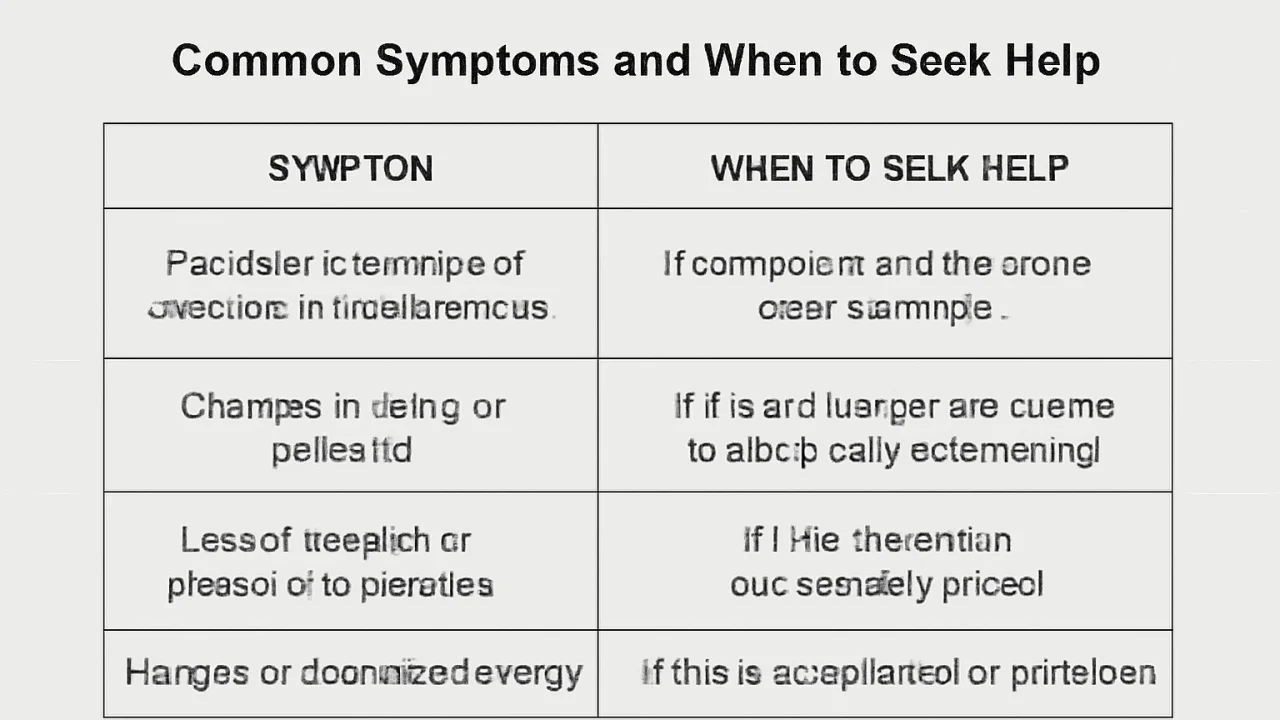
| Condition | Common Symptoms | When to See a Doctor |
|---|---|---|
| Menstrual Disorders | Irregular cycles, heavy bleeding, severe cramps | Bleeding >7 days, severe pain, missed periods |
| PCOS | Irregular periods, acne, excess hair | Difficulty conceiving, persistent symptoms |
| Breast Lumps | Lump, skin changes, pain | New lump, persistent pain, nipple discharge |
| UTI | Burning urination, frequent urge | Blood in urine, fever, back pain |
| Endometriosis | Severe pelvic pain, heavy periods | Pain disrupting daily life, infertility |
Prevention and Early Detection

Preventive strategies and early detection can mitigate the impact of many women’s health conditions. Key recommendations include:
- Annual health check-ups
- Cervical cancer screening (Pap smear, HPV testing)
- Breast cancer screening (self-exam, mammogram)
- Vaccinations (e.g., HPV vaccine)
- Healthy lifestyle choices (diet, exercise, no smoking)
Table 2: Recommended Screening Schedule for Women
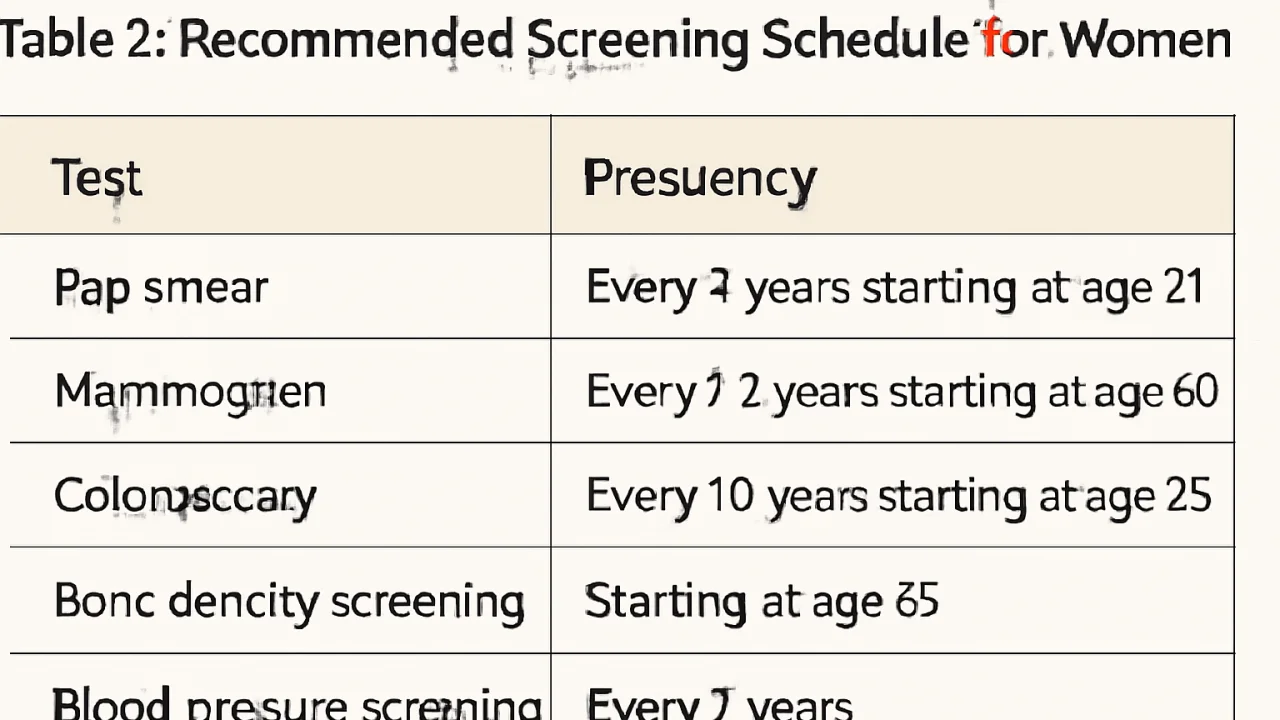
| Screening Test | Recommended Start Age | Frequency |
|---|---|---|
| Pap Smear | 21 | Every 3 years |
| HPV Test | 30 | Every 5 years (with Pap) |
| Mammogram | 40 | Every 1–2 years |
| Bone Density Test | 65 | Every 2 years |
| Cholesterol Check | 20 | Every 4–6 years |
Managing Osteoporosis
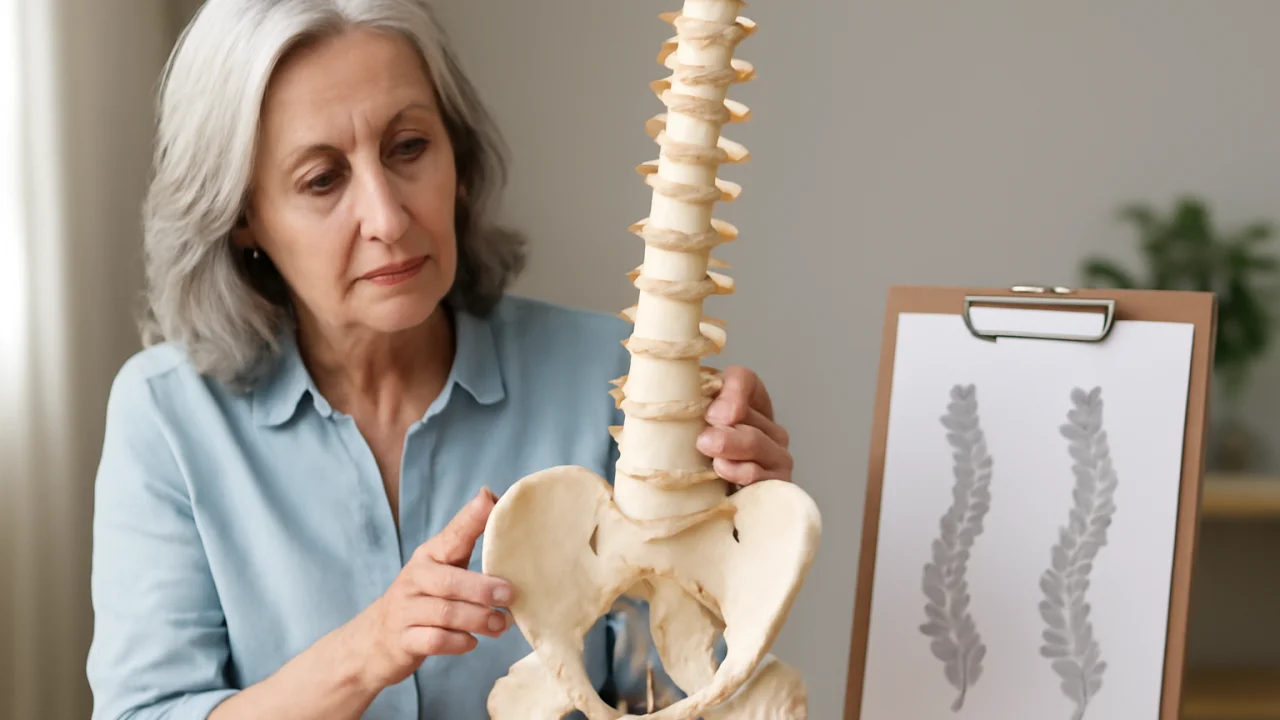
Osteoporosis is more common in women, especially after menopause, due to lower estrogen levels. Safe management includes:
- Calcium and vitamin D intake (diet or supplements if needed)
- Weight-bearing exercises
- Fall prevention strategies
- Medications if prescribed by a healthcare provider
Table 3: Lifestyle Tips for Safe Management

| Lifestyle Area | Recommendations |
|---|---|
| Nutrition | Eat a balanced diet rich in fiber, lean proteins, and healthy fats |
| Exercise | Engage in aerobic, strength, and flexibility exercises regularly |
| Sleep | Aim for 7–9 hours of quality sleep per night |
| Mental Health | Practice stress reduction, mindfulness, and seek support when needed |
| Substance Use | Avoid smoking and limit alcohol intake |
Mental Health and Wellbeing

Mental health conditions such as depression and anxiety are prevalent among women and may be linked to hormonal changes, life stressors, or chronic health issues. Safe management strategies include:
- Open communication with healthcare providers
- Counseling or therapy
- Medication if prescribed
- Support networks (friends, family, support groups)
Frequently Asked Questions (FAQ)

- 1. What are the most common women's health conditions?
Menstrual disorders, PCOS, endometriosis, breast conditions, osteoporosis, urinary tract infections, and some mental health issues top the list. - 2. How can I safely manage heavy menstrual bleeding?
Track your cycles, use doctor-recommended pain relief, and consult a healthcare provider if bleeding is prolonged or disruptive. - 3. What lifestyle changes help with PCOS?
Healthy eating, weight management, regular exercise, and following prescribed treatments are key for PCOS management. - 4. How often should women get screened for cervical cancer?
Regular Pap smears every 3 years starting at age 21, and HPV testing every 5 years from age 30, are standard recommendations. - 5. What are safe strategies to prevent osteoporosis?
Ensure adequate calcium and vitamin D intake, exercise regularly, and avoid smoking and excessive alcohol. - 6. When should I worry about a breast lump?
If a new lump appears, persists, or is accompanied by pain or nipple discharge, consult a healthcare professional promptly. - 7. How can urinary tract infections be managed safely?
Increase hydration, practice good hygiene, and seek medical attention for persistent symptoms or recurrent infections. - 8. What mental health support is available for women?
Therapy, support groups, helplines, and, if needed, medications prescribed by a qualified provider are effective options.
Conclusion
Safe and effective management of common women's health conditions relies on a combination of preventive care, healthy lifestyle choices, regular screening, and timely medical intervention. Staying informed and proactive empowers women to take charge of their health. For more in-depth guidance, consult a qualified healthcare professional and visit reputable sources like isayinfo.com.
Take the next step towards better health by scheduling your annual check-up and staying informed about your wellbeing!




